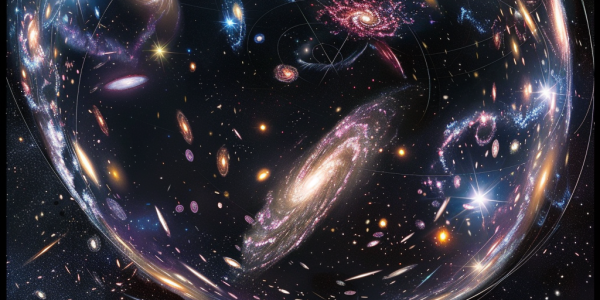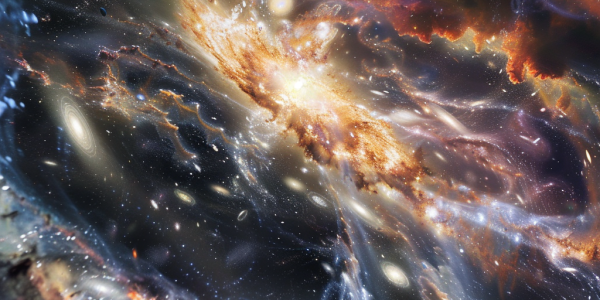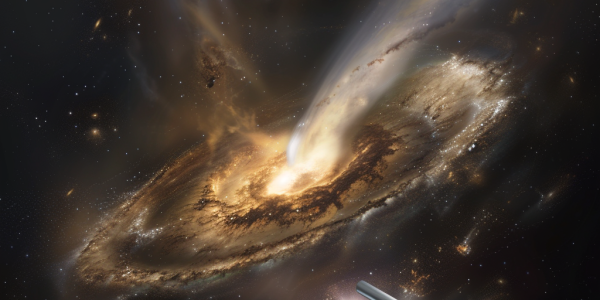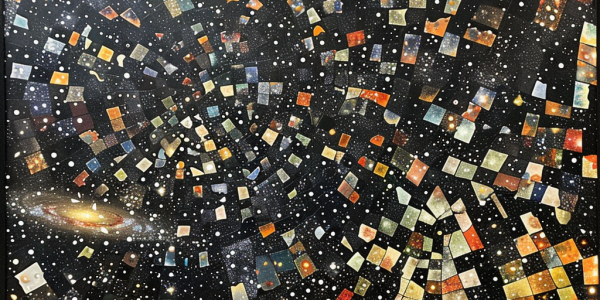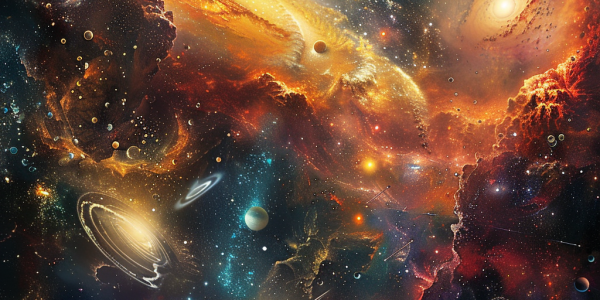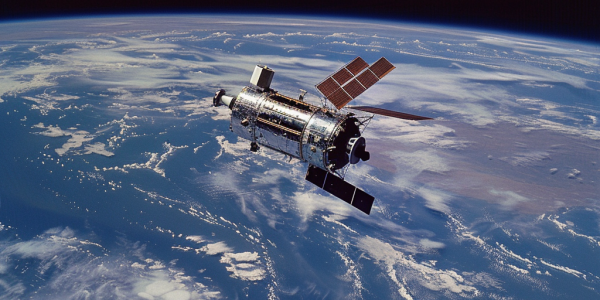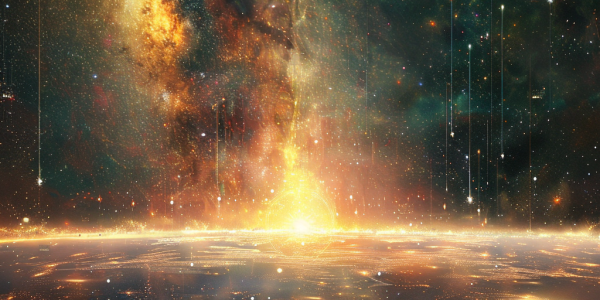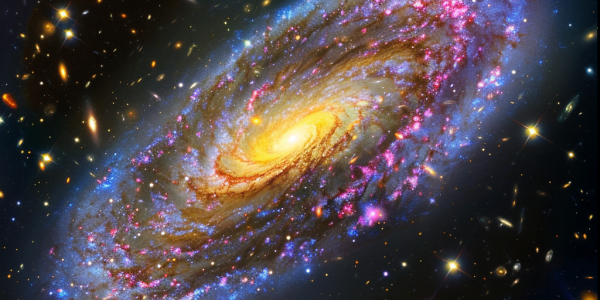Astronomers Capture Stunning Images of ‘The Carousel Lens’ Gravitational Phenomenon
Astronomers have made a groundbreaking discovery with the gravitational lens known as ‘The Carousel Lens,’ captured by the Hubble Space Telescope. This rare cosmic alignment features seven distorted galaxies, providing unique insights into the early Universe and the complex nature of dark matter and dark energy. The Carousel Lens exemplifies the power of gravitational lensing in modern astronomy, offering a mesmerizing look into the cosmos and advancing our understanding of galactic formation and evolution.
James Webb Space Telescope Discovers Earliest Galaxy, JADES-GS-z14-0
The James Webb Space Telescope (JWST) has made a groundbreaking discovery by identifying JADES-GS-z14-0, the earliest galaxy observed, dating back to just 290 million years after the Big Bang. This remarkable finding challenges existing galaxy formation models, suggesting rapid star formation and raising questions about the evolution of the universe. As researchers explore the implications of this luminous galaxy, the JWST continues to reshape our understanding of cosmic history and the processes that led to the formation of early galaxies.
Reigniting Curiosity: Dyson Spheres and the Universe’s Missing Mass
Recent studies have reignited curiosity in Dyson spheres, massive theoretical structures that could harness the energy of stars. Could these spheres hold the key to unlocking the mystery of the universe’s missing mass? Despite skepticism, physicist Freeman Dyson’s idea continues to intrigue scientists, but the feasibility of complete Dyson spheres remains questionable. Exploring the enigma of missing mass in the universe, astronomers ponder the potential role of vast gas filaments bridging galaxies. While Dyson spheres may not solve this mystery, Dyson swarms or rings could offer a more practical avenue for investigation.
New Theory On Why We Are Alone In The Cosmos—Tectonic Plates
New research suggests that the presence of oceans, continents, and plate tectonics on Earth may be the reason for the lack of evidence of advanced extraterrestrial civilizations. Geoscientists from the University of Texas at Dallas and the Swiss Federal Institute of Technology propose a change to the Drake Equation, emphasizing the importance of plate tectonics in the emergence of intelligent life.
Dramatic Quasar Interaction Revealed by INAF-Led Research Group
International research group led by INAF used NIRSpec on JWST to observe interaction between quasar and satellite galaxies in distant universe. Unprecedented details shed light on galaxy growth in early universe. Results presented at EAS 2024 meeting in Padua. Discovery impacts cosmic history and galaxies’ evolution.
Newly Discovered Satellite Galaxies Surrounding HSC-SSP Area Unveiled by Researchers at Tohoku University
A recent study by researchers at Tohoku University has uncovered numerous satellite galaxies in the HSC-SSP area, previously unknown and identified through advanced technology. This discovery provides valuable insights into the cosmos, shedding new light on the Milky Way, dark matter, and the dynamics of the universe.
NASA’s James Webb Space Telescope Discovers Ancient Stars and Massive Black Holes in Young Universe
NASA’s James Webb Space Telescope has made a groundbreaking discovery of ancient stars and massive supermassive black holes in the early universe, challenging existing theories of galaxy evolution and black hole formation. The findings, announced in Astrophysical Journal Letters, reveal objects dating back to 600–800 million years post-Big Bang, with stars hundreds of millions of years old and black holes 100 to 1,000 times larger than the one in our Milky Way.
NASA Transitions Hubble Space Telescope to Single-Gyroscope Operation
Learn about the transition of the Hubble Space Telescope to single-gyroscope operation and its impact on its science mission. With the possibility of another servicing mission up in the air, find out how the HST continues to function after 34 years in space and the potential future for this iconic telescope.
The Legacy of Dyson Spheres in the Search for Alien Life
Learn about the fascinating concept of Dyson spheres, proposed by physicist Freeman Dyson as a potential method to detect alien life in the universe. Discover how these hypothetical megastructures could emit detectable waste heat in the form of infrared radiation, sparking excitement within the scientific community. Explore the legacy of Dyson’s visionary idea and its impact on the search for extraterrestrial beings.
Hubble Space Telescope Explores Supernova Factory in Galaxy UGC 9684
Explore the supernova factory in galaxy UGC 9684 with the Hubble Space Telescope, located 240 million light-years away in the constellation Boötes. Known for its frequent supernova events and active star formation, this galaxy has captured the attention of astronomers in recent observations, showcasing classic galactic features and serving as a host for multiple Type-II supernovae since 2006.

